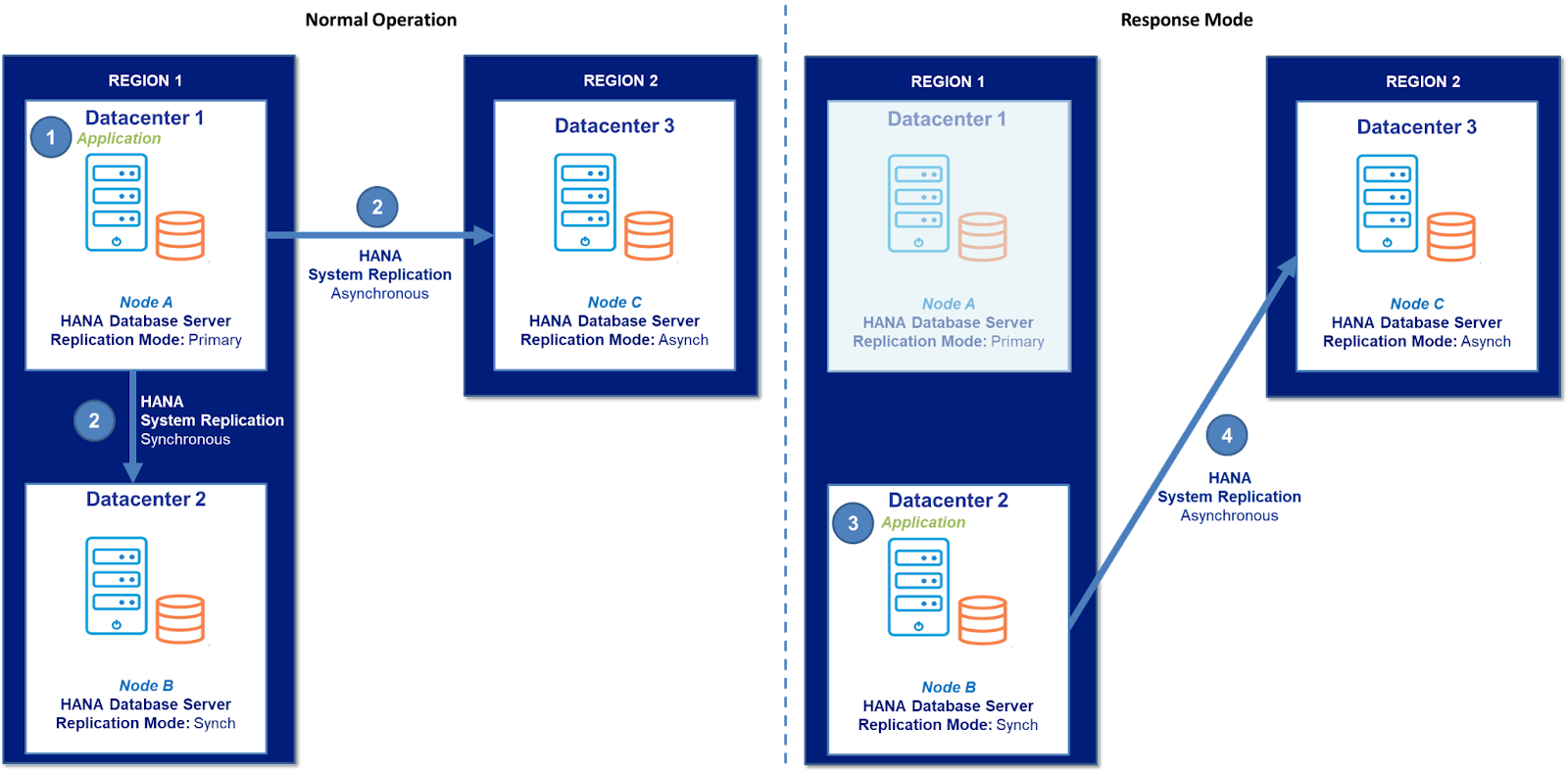| April 15, 2023 |
We Built HANA Multitarget to be a Game-changer |
| April 12, 2023 |
The Essential Need for Always-On Applications |
| April 6, 2023 |
Webinar: High Availability for Financial Services |
| April 2, 2023 |
Webinar: Availability Options for SQL Server in AWS |
| March 29, 2023 |
The Industry’s Most Comprehensive Disaster Recovery for SAP HANA Databases |





